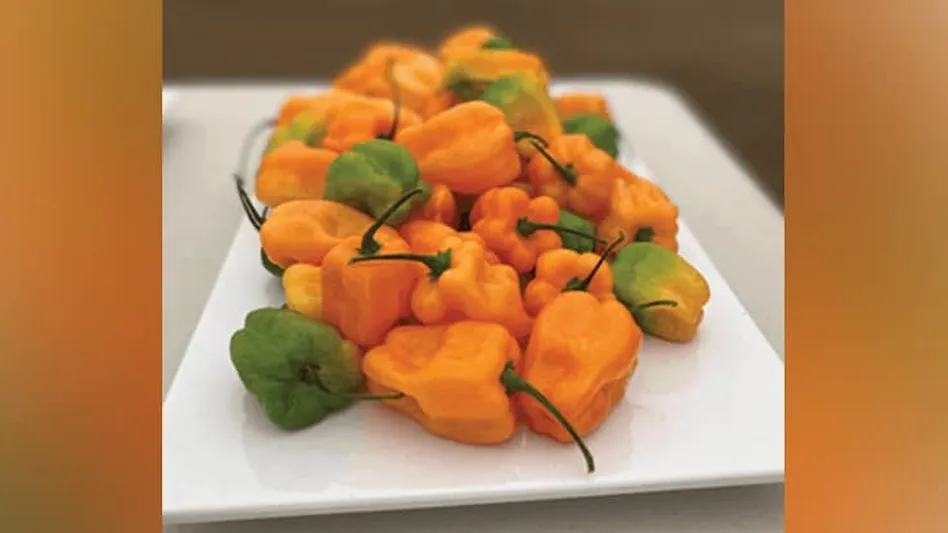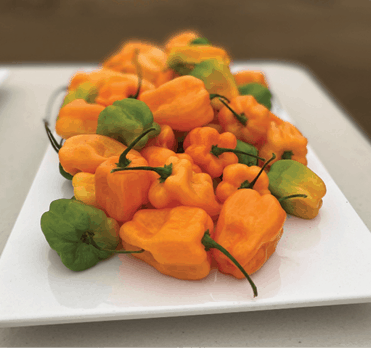

Produce Grower: What are some of the commonly grown hot peppers in the greenhouse portion of the market?
Sal Hurtado: Whether greenhouse (high or mid technology), micro and macro tunnels, or the famous net house, the utilization of protected agriculture to produce hot peppers is gradually increasing. Growers are looking for new ways to ensure their crop by protecting it from pests and diseases, as well as by offering a more stable microclimate with ideal temperature, relative humidity and solar radiation.
Recently, we have been seeing a trend of greenhouse high-tech companies/brands having interest in specialty hot peppers, which include a “black” jalapeño, shishito peppers and other hot peppers which come neatly packaged and available for the gourmet market. Well-established markets such as the northwest part of Mexico are producing ancho (poblano) in net houses, all to help the final goal which is to supply a growing market.
PG: How has this market grown in the last few years? Where is it headed?
SH: The demand has been steadily increasing the last couple of years due to the popularity and novelty of adding heat to our food. The demand for hot peppers across the world has made it possible for the increase of acreage in the hot pepper segment. Although some segments are stable and not much increase has happened in the last few years — we do see the increase in some segments that were minimal in previous years like habaneros, anaheims, and yellow wax peppers. When you go to any restaurant, food event, TV cooking shows, you see some aspect of heat always brought up — and that speaks to the interest and trend of having hot peppers front and center! The other subsegment is the dehydrated type (chile seco), especially the ones with mild pungency. Note that not all hot peppers ‘burn’ when we eat them. Some are quite flavorful and add great personality to many dishes.
PG: What are some production tips for hot peppers, broadly speaking?
SH: The advice at Sakata that we always have for our growers is to make sure we consider environment combined with genetic potential (of our or any competitor’s variety). Once we understand that equation, we can properly provide tips and growing techniques tailored to those varieties. It’s also important to choose a hot pepper hybrid that has a good disease package that Sakata has specifically improved genetically to resists certain diseases.
Some of those tips can include: if the plant is extremely vigorous you can adjust your fertilization schedule and potentially save money in the process. If the variety has a high yielding capacity, it is important to focus on the nutrition and watering schedule to ensure the plant can endure the production cycle. Planting density and our recommendation based again on the environmental factors, and the biggest tip of all is flexibility.

Explore the February 2021 Issue
Check out more from this issue and find you next story to read.





